|
By Jessica Rath It’s 7:35 am on the morning of June 13, 1947. At the Chamita Train Station people are waiting for the 7:45 train to Los Alamos Junction. The Station Master had just informed them that the train would be late 30 minutes. Unfortunately, a fairly common event. What to do? A few Chamita residents decided to walk along the tracks to Martin’s General Store; it would save a later trip to pick up some cans of beans and other groceries. And Gallegos’ Produce & Farm Supplies was just next door; a good opportunity to pick up some early tomatoes. Gallegos’ always had fresh and tasty produce. For other passengers Chamita was a transfer station. They came from Santa Fe and had to change trains in order to visit Chama. The delay was a welcome opportunity to explore the town a little: after all, it had become a rather prosperous community due to its proximity to the Los Alamos Lab. It was an interesting little spot for tourists where the Chamita Trading Post offered Native American art and jewelry. Out-of-town visitors also were eager to visit the offices of the Chamita Gazette, Rio Arriba’s only newspaper. Editor José Cabeza de Vaca always had some interesting stories to tell and welcomed folks willing to drop by. Even more fascinating was the neighbor next door: Private Eye R.R.C. Thompson (The Right-Reverend-Colonel). How often could one chat about the latest crimes in the region? Not that there were many, but Mr. Thompson definitely had an air of mystery about him which was pleasantly unsettling. For those interested in railroads it was only a short walk from the train station to the Engine House where one could have a quick peek at the upkeep of the gigantic locomotives. Although one wasn’t allowed to get too close – “Hey! Stay away! Too dangerous!” one would hear – the well-lit hall allowed good views from a distance. You’ve probably guessed by now that this is a “What If?”, in other words, largely fictional railroad. It was built by Bob Dolci, a long-time model railroad enthusiast who agreed to let me visit and interview him and who showed me his totally amazing and beautiful model railroad. It was so much fun to experience his exquisite railroad track, and it was fun again to look at the many photos I took and discover the lovingly crafted details. When I was a kid, a cousin of mine had a model railroad set which was spread over a huge table. There were trains which could run faster and slower, houses, trees, little people and animals – it was a delight to watch. But it was clearly a toy. Not so Bob’s creation: this is a serious hobby which reconstructs historically correct timeframes. Much of it is built from scratch and takes weeks, even months, to finish. The backdrop, for example, of the above picture covers one huge wall. Bob painted it. He and his wife Wendy moved from Sunnyvale/ California to New Mexico in 2011. Shortly after they moved in, Bob built a 24’ x 40’ building to house his railroads. He had become interested in railroading when he was maybe four or five years old and his dad had bought him a Lionel train set. Actually, he didn’t become REALLY interested until he joined the Navy, but it has stayed with him ever since. “I was part of the South Bay Historical Railroad Society that reached out to the counties along the Peninsula out of the Bay Area”, Bob told me. “There was a railroad depot in Santa Clara that was built in 1863 and that was falling apart. It was a very large depot and freight house and passenger depot and waiting room and it had an interlocking tower and other buildings. We wanted to see if we could get the state to turn it over to us so we could restore it, and then convert it into a railroad museum, a railroad library, that would work with state and local governments. They allowed us to start restoring the depot; that must have been in 1975 or 76? But we restored the depot.” “Supposedly it is the oldest depot west of the Mississippi. It was built in 1863 during the Civil War and was built all out of redwood. So, we took it over and restored it and it's still there today – it's still very active. Whenever something needs to be done, the group does it. I was one of the founding fathers of the group, and this got me then interested in not only model railroading, but actual railroading”. Model railroads come in different scales, Bob explained. There's HO, S, O, G, F, and there are others – all different sizes. Before moving here, he changed scales and now models in F scale, which is a large scale that's intended mostly for outdoors. His railroad is both indoor and outdoor. The indoor portion is where he can do fine scale modeling. The outdoor portion of the railroad takes a few hours to prepare for operations. It takes about 30 minutes to move the outdoor buildings from indoors to their place outdoors. Once that is done four “operators” can run/operate trains for about 3 hours. I got a bit of the historical background: “So the Chili Line was formed in 1880. And originally it was part of the North Denver and Rio Grande Railroad, before it became the Denver and Rio Grande Western. It went to Española. Originally, it was supposed to go to Chamita, which is right here. And then it was supposed to go from Chamita all the way to Mexico. But because of an agreement with Santa Fe RR they eventually stopped in Española, then finally in Santa Fe. Originally it was supposed to go back from Chamita up to Española through Medanales and then Abiquiú and Tres Piedras and then to Chama, but that never happened. But my fictitious railroad does!” “So, this is a fictitious railroad set in 1947, and it's pretty much based around the town of Chamita. It's pretty much a “What If” version of the Chili Line. But I spell “Chili Line” not with an “I”, I spell it with an “E”, because that's how we spell it here. And we don't really know who coined the Santa Fe branch as the Chili Line. We know that it was that in the 1920s.” What does it take to build model railroad displays such as this one, I wanted to know. “As a model railroader you have to know more than just about the railroad”, Bob answered. “You have to know things about electronics, (it used to be just electrical, basic electrical work, but now it's all electronics). And you have to know about carpentry, and you have to know about geology. And you have to know all the various types of railroads, whether it’s a branch line, a short line, a main line or whatever. So, it's a pretty complex hobby, especially if you do a lot of scratch building, which means you start with raw materials. There are some really serious scratch builders that will scratch build everything. And then there's those such as myself: if I can buy it, and it works for me, and it fits my needs, I will buy it. If I can't, I will scratch build it. I would say the vast majority of serious model builders falls into my category. Rather than spending a few hundred hours building a locomotive, they’d rather buy one. Then you can spend that time doing a lot of other things. Because this can actually be a very time-consuming hobby. It can take me a couple months just to build a structure or a building, and some others I can build in a couple of weeks. And yet other things I can build in a couple of days. Other things can take a long time. The painting of a backdrop for example: one of my backdrops took me I think three months to paint and the other took a couple of weeks to paint. It depends on what you're trying to achieve.” Bob opened the door on the other side of the building, and there was a mechanism which connected the inside tracks to some more tracks that continued outside. They went way further than I could see. Clearly, the outside required a lot of extra work. For one thing, Bob explained, the problem is rain: it'll wash a lot of dirt down from the side of the hill onto the tracks. And the other problem is one of expansion and contraction. The heat differential in the track causes all kinds of problems. Yes, that certainly looked like a lot of work!
I was content with the exquisite inside exhibit. Bob’s sense for authentic detail is amazing and I felt transported into a different time and place. Thank you, Bob, for a splendid afternoon.
3 Comments
Zoe
11/3/2023 07:27:41 am
Wow really sounds amazing wish I could see it in person.
Reply
Daria Roithmayr
11/9/2023 07:26:07 pm
LOVED this. Reminds me of my son Erik's fascination with model trains. Erik, have you seen this???
Reply
Tina Kleckner
11/11/2023 07:34:08 am
Fabulous artical and what a great story! Thanks for sharing. Incredible pictures as well. Great man and what a gift!
Reply
Your comment will be posted after it is approved.
Leave a Reply. |
Submit your ideas for local feature articles
Profiles Gardening Recipes Observations Birding Essays Hiking AuthorsYou! Archives
October 2025
Categories
All
|
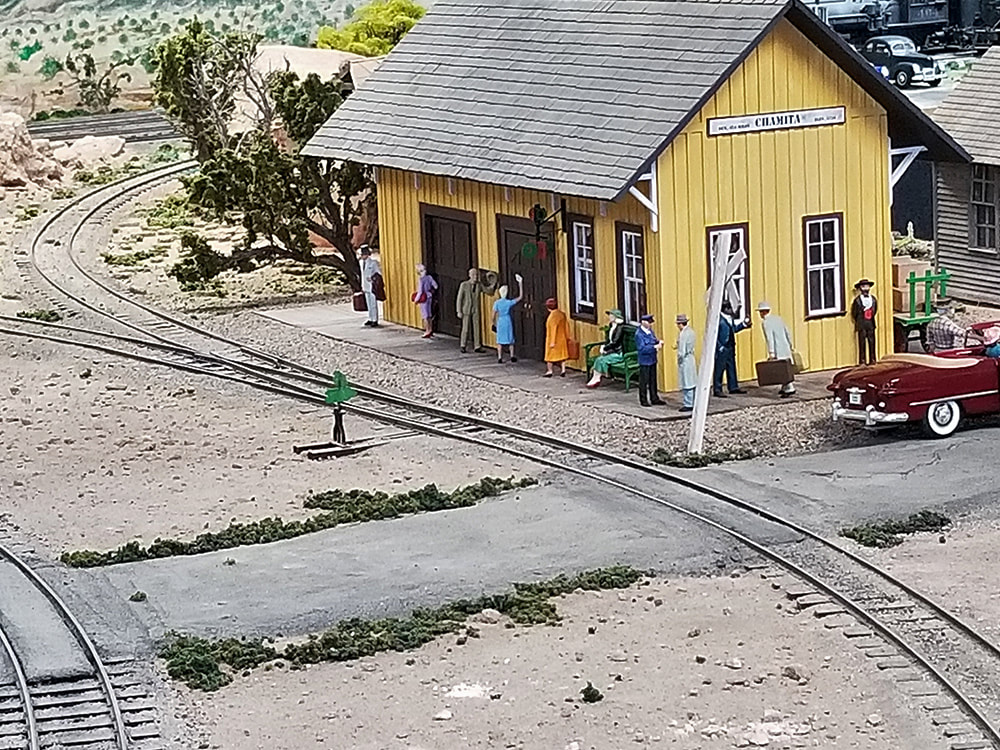
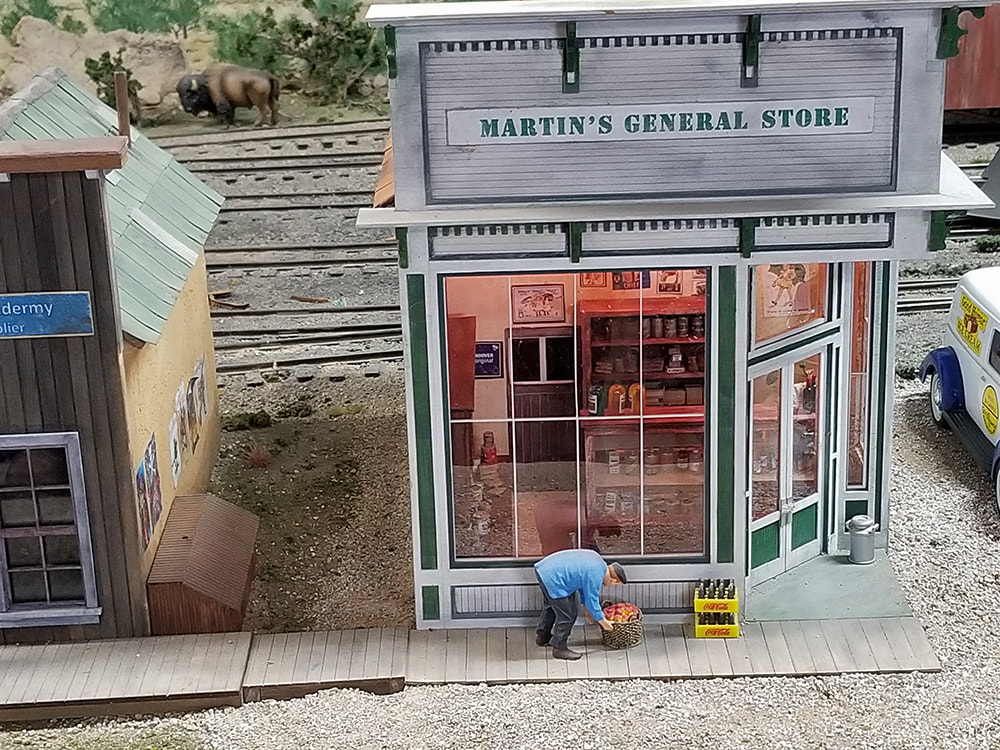
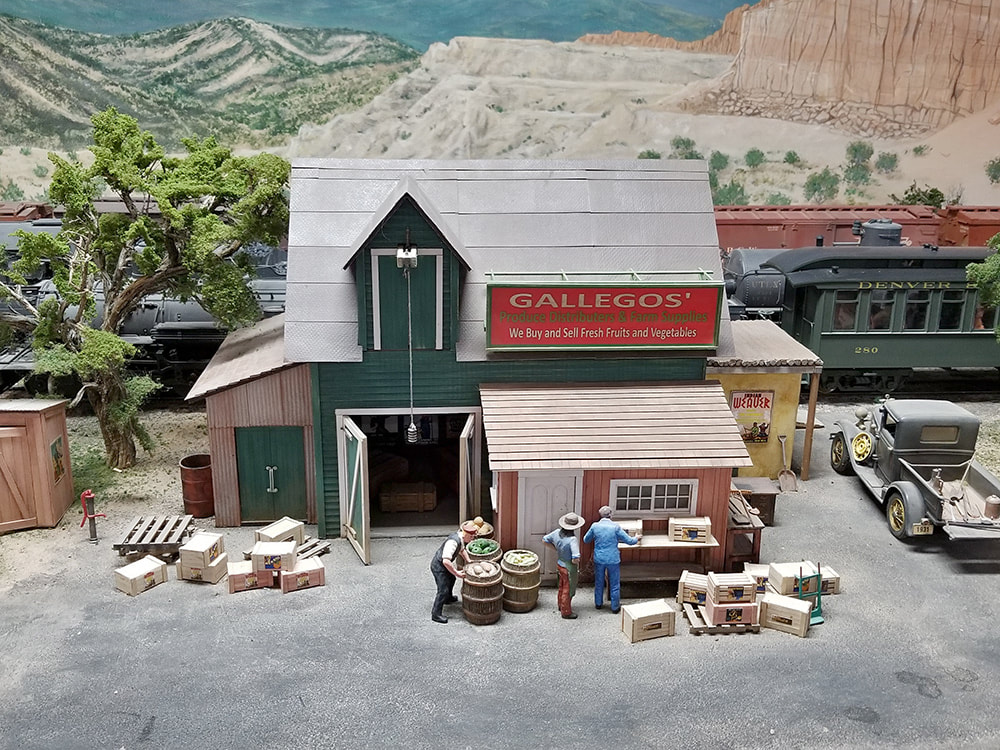
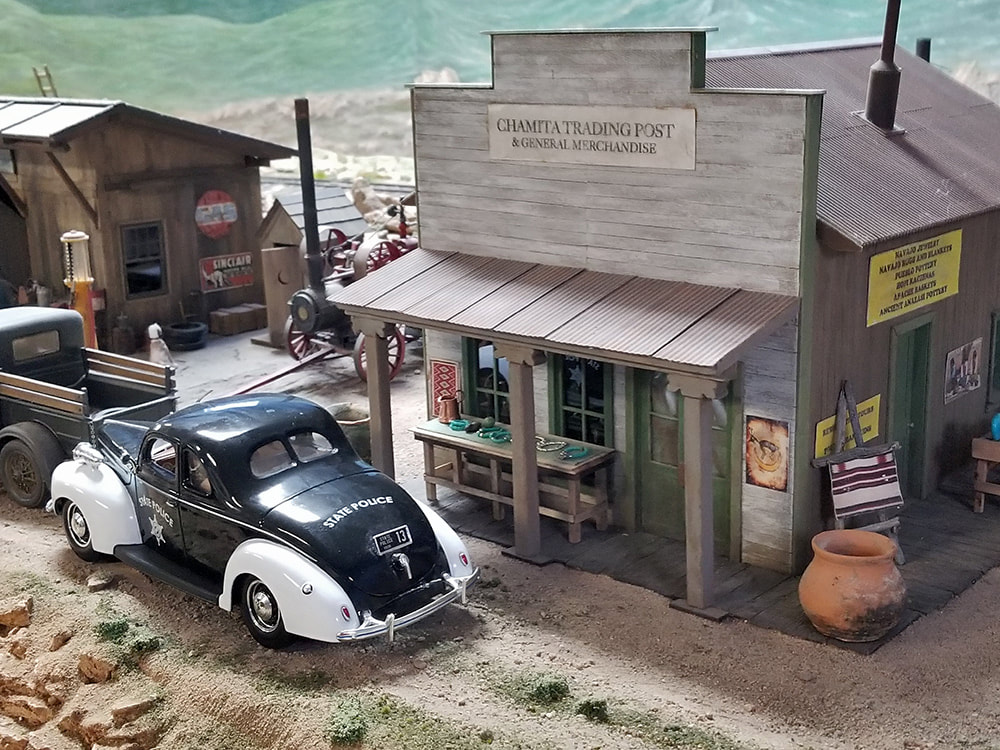
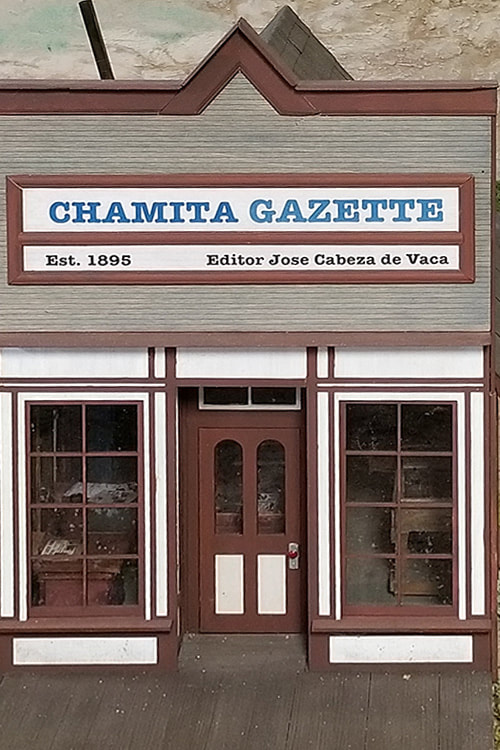
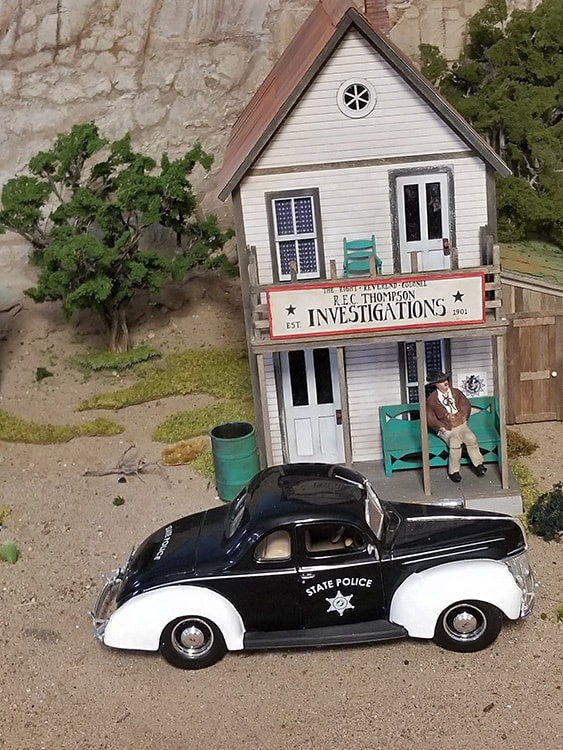
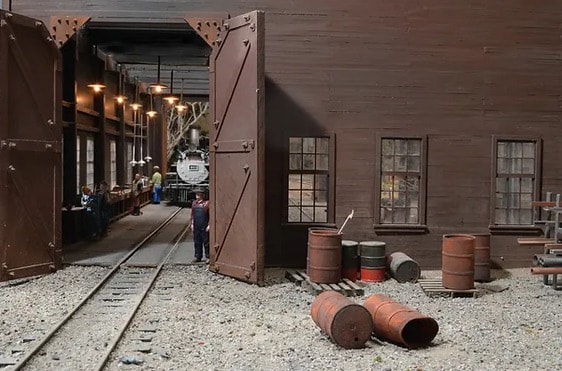
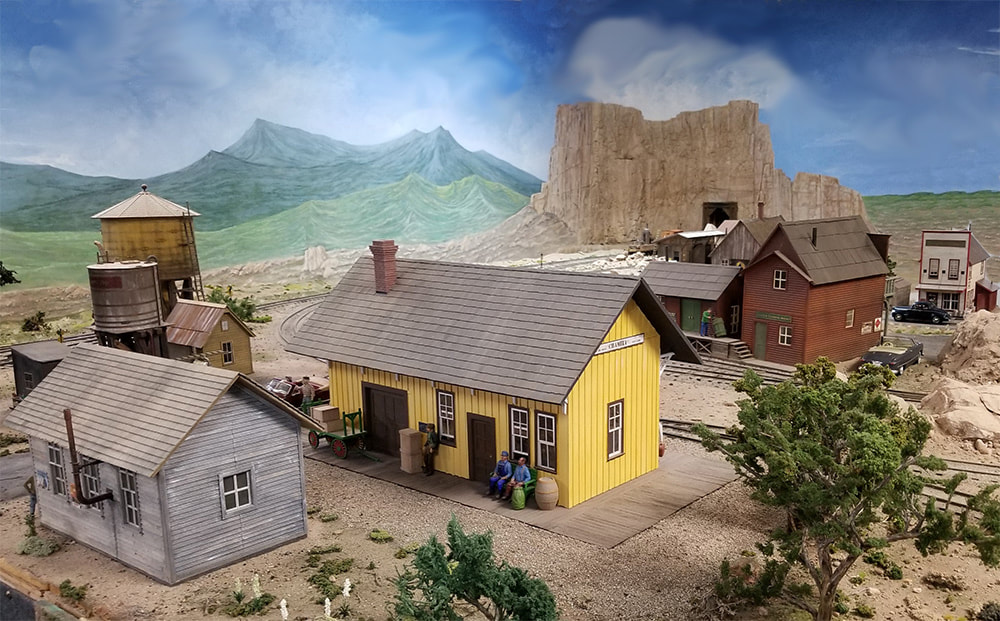


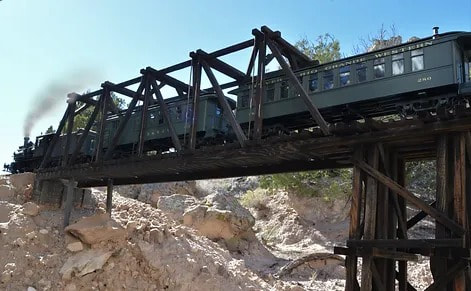
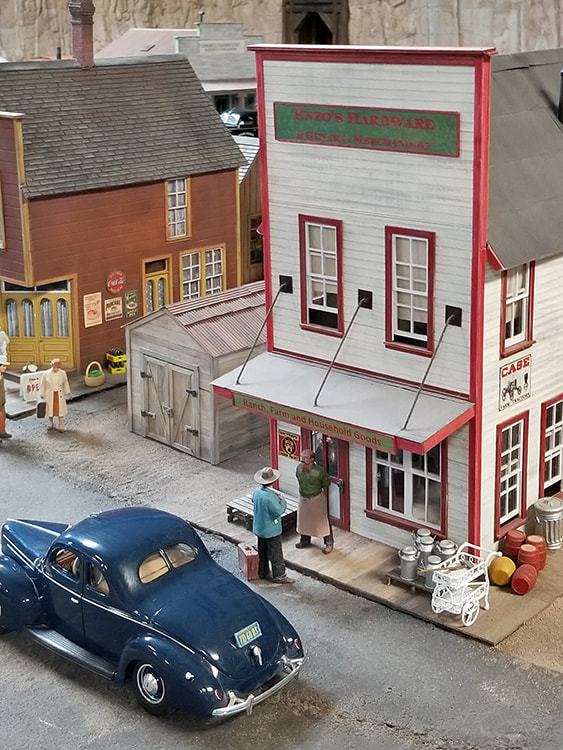
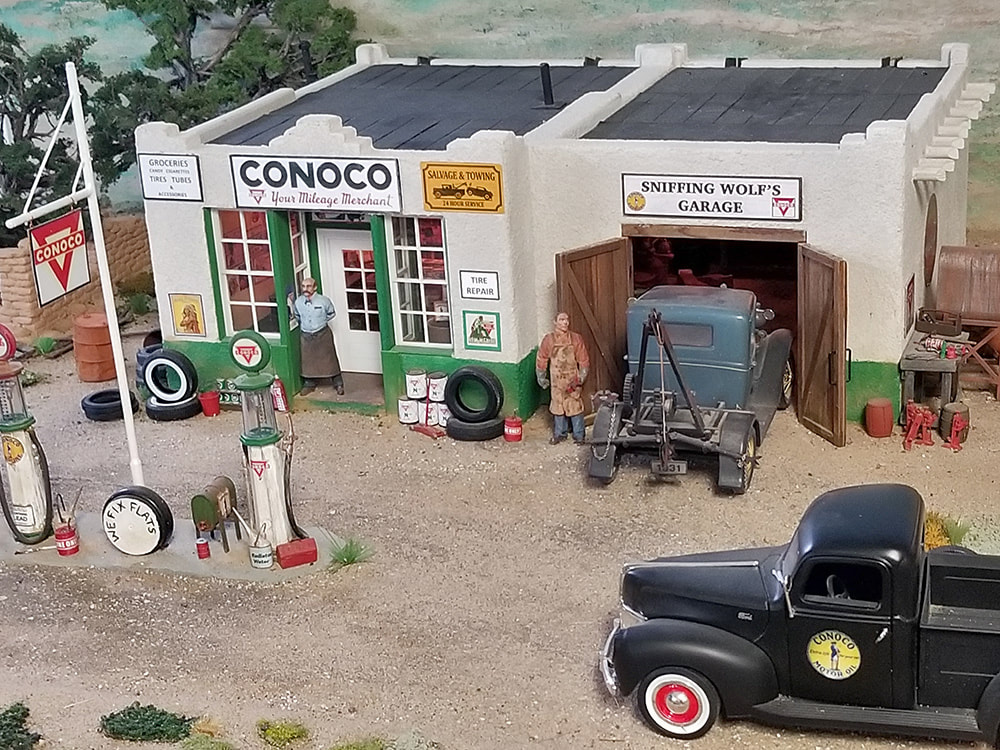
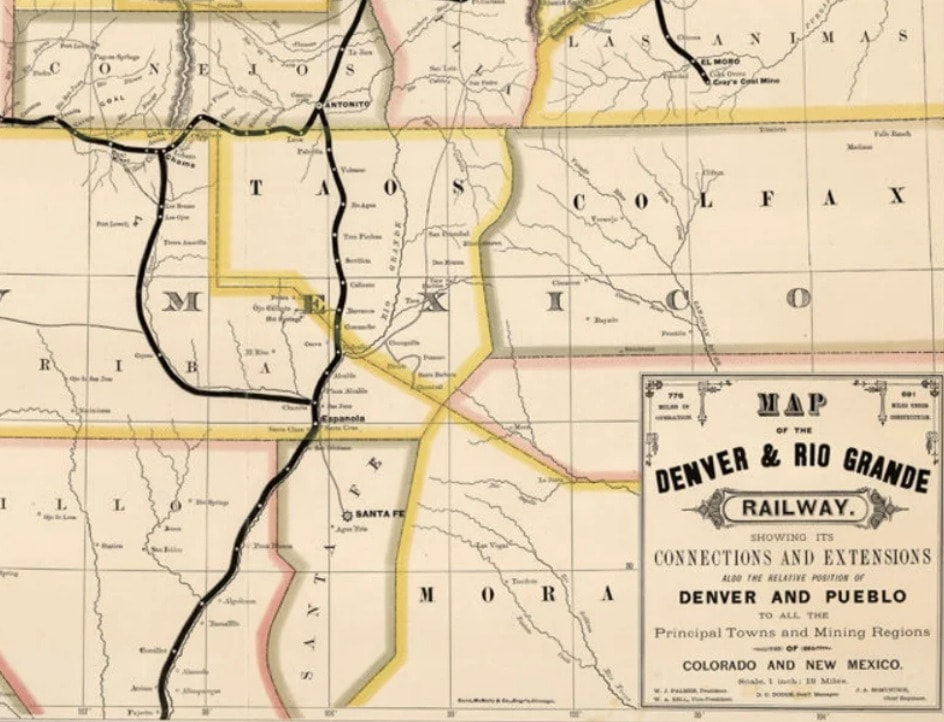
 RSS Feed
RSS Feed